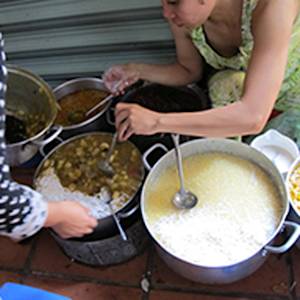Forest Hills
Personal memory by Jim Hanson
1960 • Martinez, CA, USA
In 1957 we moved into a tract home built in a valley on the edge of Martinez. It's over the ridge from the historic Alhambra Valley and one mile southeast of the John Muir home. The subdivision is called "Forest Hills" estates...that's because the hillsides above were (and still are) treed with California Live Oak and blanketed with the native prairie of California - Wild Rye (Elymus glaucus) and Blue-Eyed Grass (Sisyrinchium bellum). This was the 1950's. The builder appeared to have placed our home directly on top of a former drainage. Civil engineers had attempted to divert the natural drainage with horizontal concrete culverts running across the hillside. In the backyard against the hillside our family would come across tarantula, Western Toad, King and Gopher snakes. Over time, both the reptiles and amphibians went missing. The culverts fell apart as the clayey earth moved to try to become a drainage again. The oaks and native prairie were still there on the hillsides when we left our home in late 2010 (in part, due to working against a massive development that would have flattened the nearby Alhambra Valley hilltops). I learned a lot from these hillsides. Namely, that subdivision planning and City/County board approvals could better respect the land and life in a place by, at least, building around the natural drainages and typography...making allowances, openings - for the water courses, indigenous plants and animals, amphibians and reptiles, insects and arachnids - that use it for home. I've learned that citizens, organized, have to bring this about. The environmental regulatory agencies can help, but even with our rising environmental consciousness, our California and U.S. environmental laws unfortunately remain piecemeal. They don't yet help protect natural drainages, rare plant communities, and valuable, but not fully "endangered" animals, insects, reptiles, and amphibians. To keep a rich, living world, it will take all of us to become active, each in our own way.


Learn about Maya Lin’s fifth and final memorial: a multi-platform science based artwork that presents an ecological history of our world - past, present, and future.

Discover ecological histories and stories of former abundance, loss, and recovery on the map of memory.

Learn how we can reduce our emissions and protect and restore species and habitats – around the world.

See how art can help us rethink the problems we face, and give us hope that each one of us can make a difference.

Help make a global memorial something personal and close to home. Share your stories of the natural world.


